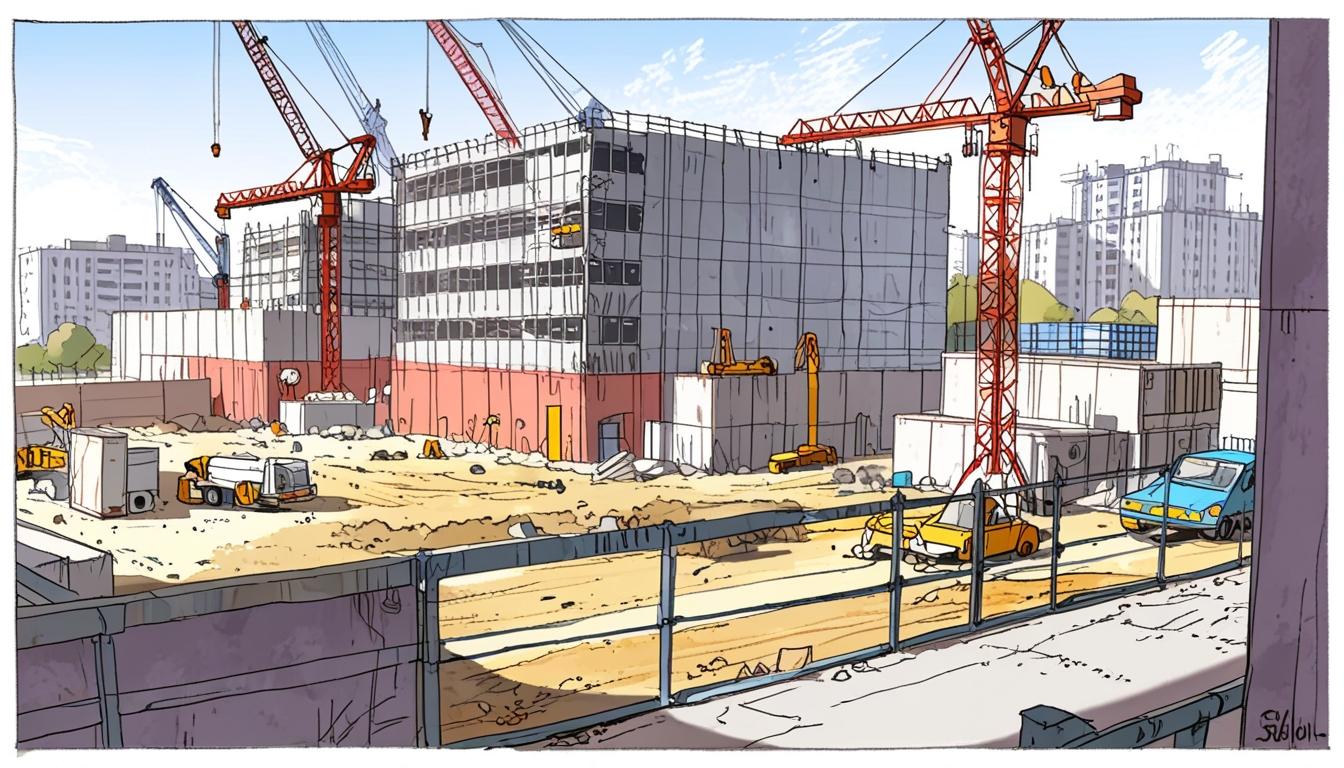The international construction sector is currently navigating a period of significant uncertainty, fuelled by ongoing US trade tariffs that are sending wide-ranging ripple effects throughout global markets. While the United Kingdom's direct reliance on American construction materials remains comparatively limited, the broader economic instability generated by these trade tensions is beginning to impact confidence and activity levels within the UK building industry.
Material imports from the US to the UK in construction terms are minor. However, the larger concern lies in the disruption to international trade flows and investor sentiment. Recent reports reveal that the UK’s composite Purchasing Managers’ Index (PMI) dropped to 48.2 in April 2025, dipping below the neutral 50 mark to indicate contraction. Although domestic factors contribute to this decline, uncertainty surrounding trade policies has emerged as a major destabilising factor, heightening caution among developers, investors, and contractors alike.
The construction sector, which is typically sensitive to macroeconomic shifts, has been particularly vulnerable to these dynamics. Developers are postponing investment decisions, while lenders have adopted tighter conditions in anticipation of further market volatility. This increasing risk aversion threatens to restrict not only ongoing projects but also the pipeline of future developments.
One of the clearest indicators of market stress is the significant year-on-year fall in new project starts. In the first quarter of 2025, UK construction project commencements decreased by 21 percent compared to the same period the previous year. This contraction, largely attributable to economic uncertainty and tariff-related concerns, underscores the extent to which market confidence has been undermined.
Developers are factoring in trade policy instability in their risk assessments, often delaying major schemes or scaling them down. Without a healthy pipeline of projects, the construction sector's contributions to GDP, employment, and regional regeneration face potential decline during a period when economic resilience is particularly important.
Price trends for construction materials offer a somewhat mixed but fragile reprieve for costs. Government data indicates that certain materials, such as fabricated structural steel, have experienced notable price declines, likely due to reduced overseas demand, including from the United States. However, this effect is uneven. Prices for other imported materials remain high due to ongoing supply chain complexities and shipping disruptions. The overall reduction in input prices has not been sufficient to offset the broader slowdown in construction activity. Moreover, builders and developers remain cautious about potential price spikes, especially if tariffs escalate or new rounds of trade negotiations prove unsuccessful.
Looking ahead, medium-term forecasts provide cautious optimism for the sector's recovery. Industry analysts predict that UK construction output may increase by 2.5 percent by the end of 2025, driven by resilient public infrastructure spending and sustained long-term housing demand. Nevertheless, the path of recovery is uncertain and will heavily depend on global trade developments—particularly whether the US pursues further protectionist measures or moves to de-escalate current conflicts.
In the meantime, UK policymakers and industry leaders are expected to focus on measures designed to bolster domestic investment, streamline planning processes, and stabilise supply chains to support continued growth within the construction sector.
The CCEMA is reporting.
Source: Noah Wire Services
